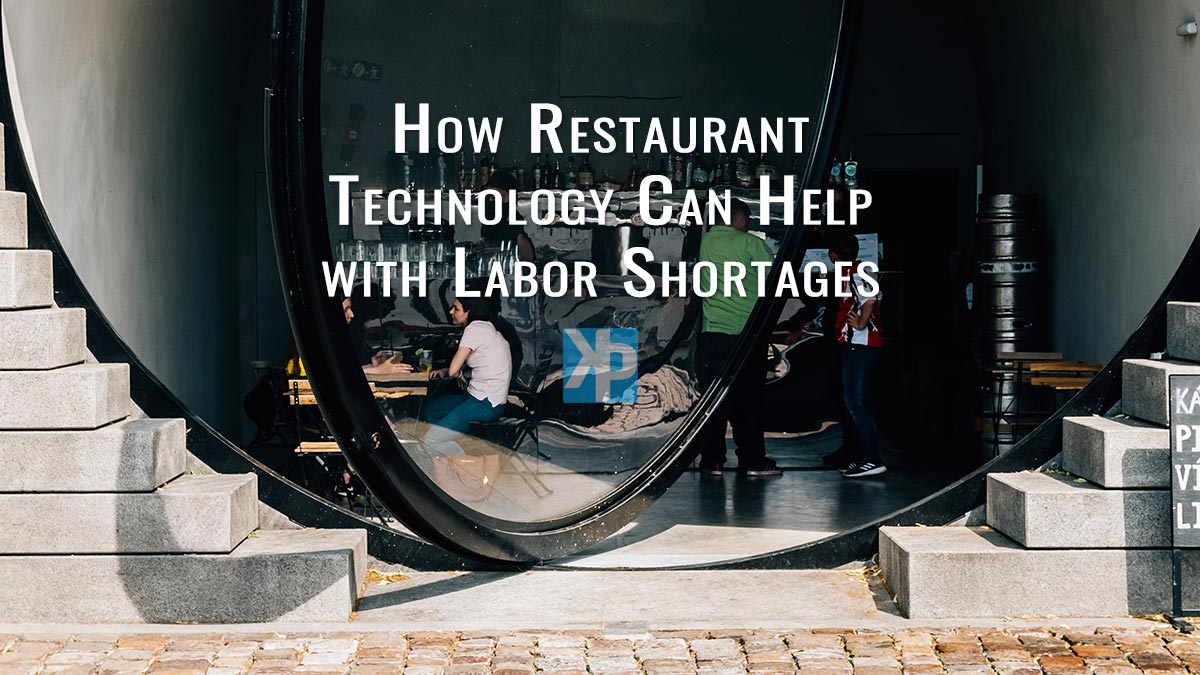Challenges and Tips for Upgrading Your Retail Tech
The worn keys click in the lock as you open your store for another Saturday. As you flick on the lights and greet your first customer, a familiar feeling washes over you – a mix of pride and a yearning for something more. You love your little shop, the loyal customers, and the sense of community it brings. But the outdated cash register and the limitations of a brick-and-mortar store gnaw at the back of your mind. You dream of a retail tech future where your unique products can reach customers beyond your town square, and where streamlining everyday tasks frees up time to focus on what you love most – connecting with your customers.
Taking the leap to upgrade your point-of-sale (POS) system and add an eCommerce platform can be a game-changer for your retail business. It can:
- Boost Efficiency: Imagine a checkout process that’s smooth and swift, with inventory automatically updating and customer information readily accessible. No more manual data entry or clunky software slowing you down.
- Expand your Reach: With an online store, your products can be discovered by customers outside your local area, opening doors to new markets and increased sales.
- Enhance Customer Experience: Imagine offering convenient online shopping options with secure payments, order tracking, and personalized recommendations. This can build customer loyalty and encourage repeat business.
However, as any savvy entrepreneur knows, there’s no such thing as a free lunch.
Upgrading your retail tech stack comes with its own set of challenges:
Cost Considerations
- Upfront Investment: New systems often require upfront costs for software licenses, hardware (like scanners or payment terminals), integration fees, and ongoing subscription charges. These costs can be a significant hurdle, especially for small businesses with limited budgets.
- Hidden Costs: Don’t forget to factor in potential training costs for your staff, as well as any additional support you might need during implementation and beyond.
Finding the Perfect Fit
- Feature Overload: With a plethora of options available, choosing the right system can feel overwhelming. You need to consider a variety of factors, such as:
- Features: Does the system offer the functionalities you need, like inventory management, customer relationship management (CRM), and marketing tools?
- Scalability: Can the system grow with your business, or will you need to upgrade again in the near future?
- Ease of Use: Is the system user-friendly for both you and your staff?
- Integration: Will the POS seamlessly integrate with your chosen eCommerce platform, ensuring data consistency and avoiding the headache of managing separate systems?
The Implementation Hurdle
- Disruption and Downtime: Implementing new systems can disrupt your daily operations. There might be downtime while data is migrated and staff is trained, potentially leading to lost sales.
- Training Time: Training your staff on new software can be time-consuming, requiring resources away from core business activities.
Data, Your Most Valuable Asset
- Data Migration: Moving your customer information, product details, and sales history from your old system to the new one requires careful planning and execution. Any errors or inconsistencies can lead to frustration for you and your customers.
- Data Security: With an online store, customer data security becomes paramount. You need to choose systems with robust security features and establish clear data security protocols for your business.
The Long-Term Commitment
- Ongoing Maintenance and Support: Even after launch, there will be ongoing maintenance and support needs. Do you have the technical expertise in-house to manage updates and troubleshoot any issues, or will you need to rely on external support?
Addressing Retail Tech Challenges: Tips from a Digital Technologist
While these may seem like daunting challenges, there’s no need to be discouraged. As a Digital Technologist with a passion for empowering small businesses, I’ve seen firsthand how careful planning, thorough research, and a well-defined implementation strategy can help you navigate these hurdles and unlock the full potential of new technology. Here are some tips to get you started:
Do your research
Talk to other small business owners who have upgraded their tech stack, browse industry forums, and compare different POS and eCommerce platforms. Consider factors like features, scalability, budget, and ease of use. Don’t be afraid to create a shortlist and request free trials or demos to get a feel for the different options.
Seek expert advice
Consult with a digital specialist who can assess your specific needs, help you choose the right systems, and guide you through the implementation process. A good specialist can save you time and money in the long run by ensuring you choose the right tools and avoid costly mistakes.
Plan for downtime
Minimize disruptions by scheduling implementation during slower periods and having a backup plan in place in case of unforeseen issues. This might involve having a basic offline system available for processing essential transactions during the transition.
Invest in training
Empower your staff by providing comprehensive training on the new systems. This will ensure they feel confident using the new tools and can provide a smooth customer experience. Consider offering tiered training based on roles and responsibilities, and don’t forget to provide ongoing support as your team adapts to the new workflows.
Focus on data security
Choose systems with robust security features, such as encryption and multi-factor authentication. Regularly update your software and consider partnering with a cybersecurity expert to assess your vulnerabilities and establish best practices for data protection.
Embrace the ongoing journey
Remember, upgrading your tech stack is not a one-time event. It’s an ongoing journey that requires commitment and continuous learning. Stay informed about new technologies and trends, and be prepared to adapt and evolve your systems as your business grows and your needs change.
By acknowledging the challenges, planning strategically, and seeking the right support, you can transform your retail business through technology. Take the plunge, embrace the future, and watch your small shop blossom into a thriving online and offline presence.









